The health, safety and environment benefits of wet blasting, or vapor blasting to give it its other name, are numerous when compared to most other finishing processes.
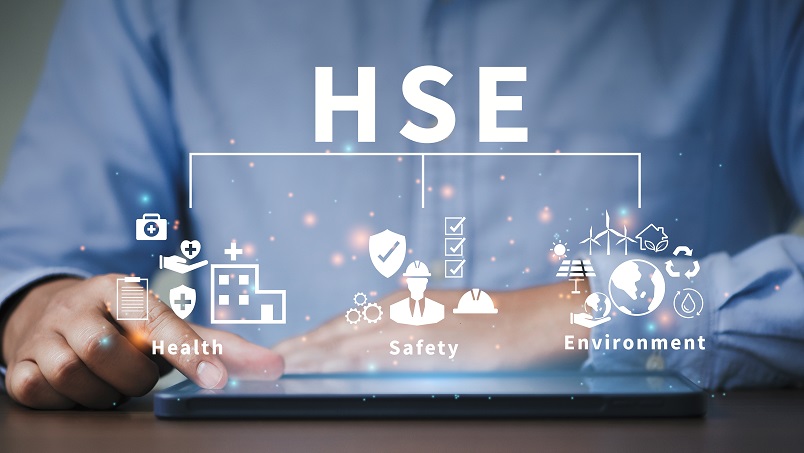
Health, safety, and environmental issues are crucial in the workplace for numerous reasons:
Cost savings: Implementing proper safety measures and environmental practices can lead to cost savings in the long run. Fewer accidents mean fewer expenses related to healthcare, worker compensation, and potential lawsuits. Additionally, energy-efficient practices or waste reduction efforts can save money on resources.
Environmental impact: Many workplaces have a significant environmental footprint. Being mindful of environmental concerns helps in reducing pollution, conserving resources, and minimising the overall impact on the planet.
Overall, addressing health, safety, and environmental issues in the workplace is not just a legal or ethical obligation; it's an investment that benefits employees, the company, and the community at large.
Listed below are the environmental benefits of wet blasting compared to the other main type of blast finishing process, dry blasting.
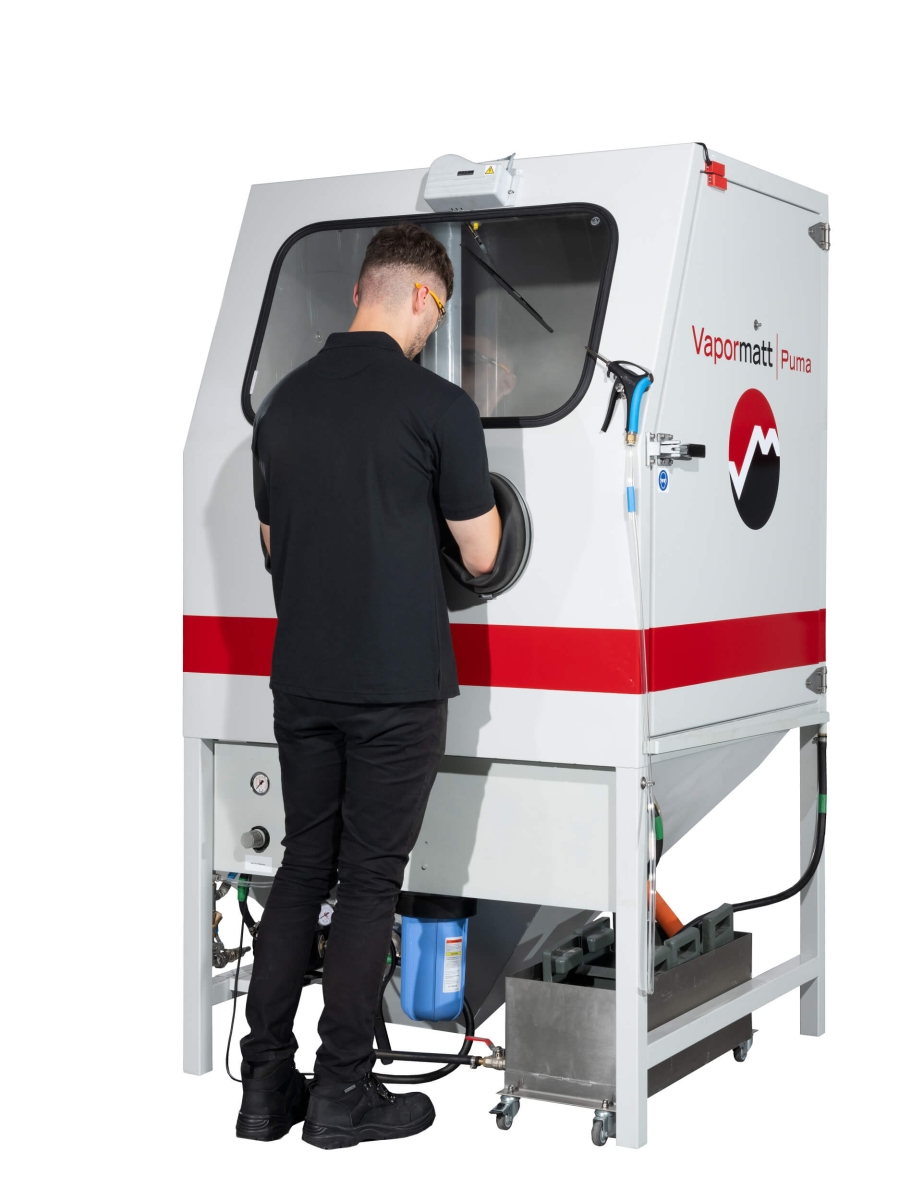
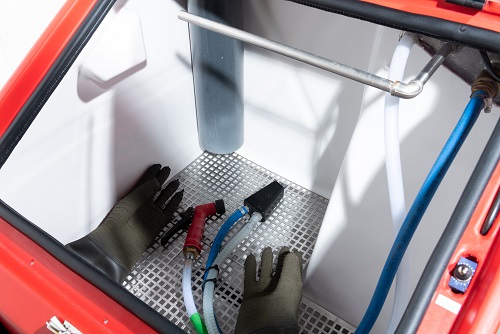
Reduced dust emissions: Wet blasting significantly reduces airborne dust and particulate matter. Since the abrasive material is mixed with water, it creates a dampened environment that keeps the dust levels low. This is particularly crucial in industries where fine particles can pose health risks to workers and contribute to air pollution.
Lower environmental impact: With less dust and airborne particles, wet blasting minimises environmental contamination. It prevents abrasive materials and contaminants from spreading into the surrounding air, soil, or water sources.
Efficient abrasive reuse: Wet blasting systems can often reuse abrasive material multiple times before it needs replacing. This reduces the amount of waste generated compared to dry blasting, where abrasives are typically used only once. Vapormatt’s patented elutriation tower, found on the Tiger and Tiger+ automatic machines, is an example of our own solution for continually separating good blast media from spend media.
Easily disposed of blast media and water: Broken down abrasive is recovered in settling tanks and can usually be disposed of with general waste as it is typically non-hazardous. The water from the blast media / water mix can usually be disposed of straight down the factory’s drain. Note that It is important to ensure the drainpipe is sized correctly and incorporates a grit trap to avoid drain blocking. If additives to the abrasive media / water mix, like degreasers, inhibitors, or biocides, have been added as advised and diluted to the correct strengths then the solution can usually be disposed of down the factory’s drains. Other chemicals may require a risk assessment.
Reduced water consumption: While wet blasting uses water as part of the process, the water used is recycled within the system, reducing overall water consumption. Additionally, our systems are designed to minimise water usage while maintaining efficiency.
Compliance with regulations: Many regions have strict environmental regulations regarding air quality and pollution control. Wet blasting helps companies comply with these regulations by minimising the release of harmful particles and pollutants into the environment.
The caveat for all the above is particles of material from the components processed; these will generally be non-hazardous, but a risk assessment should be done. In all cases, the customer must comply with local regulations.
Extraction needs similar consideration as the extracted air will contain small amounts of wet abrasive, water droplets or mist, and any impurities that might exist in the compressed air. If the material being blasted / removed is toxic, then extra filtration may be necessary.
The standard for airborne contaminants in the UK is ‘Local Exhaust Ventilation (LEV) HSG258.’ There will be equivalent standards in most industrial countries, which again must be adhered to.
Overall, wet blasting offers a more environmentally friendly alternative to traditional dry blasting methods, contributing to better air quality, reduced waste generation, and improved safety for the environment.
Wet blasting comes with several health and safety benefits too, primarily due to its ability to minimise the generation of airborne dust and particles, as well as its potential to reduce exposure to hazardous materials. Here are some specific advantages:
Reduced respiratory risks: Wet blasting significantly lowers the amount of airborne dust and abrasive particles compared to dry blasting. This reduction in dust exposure helps prevent respiratory issues such as silicosis, a serious lung disease caused by inhaling crystalline silica dust commonly found in abrasive blasting materials.
Improved air quality: By keeping dust levels low, wet blasting creates a safer and healthier work environment by improving overall air quality. This reduction in airborne contaminants benefits the respiratory health of workers and minimises the risk of lung-related illnesses.
Lower risk of skin and eye irritation: Wet blasting diminishes the abrasive material's ability to irritate the skin and eyes, as the water dampens the abrasive particles. This helps prevent skin abrasions, irritation, and potential eye injuries that can occur during abrasive blasting processes.
Enhanced operator safety: The reduced dust levels in wet blasting contribute to better visibility during the process. Improved visibility enhances operator safety by allowing better monitoring of the work area and reducing the risk of accidents or injuries.
Compliance with safety regulations: Wet blasting methods often align with health and safety regulations that mandate the control of airborne particles in workplaces. Compliance with these regulations not only ensures a safer work environment but also minimises potential legal liabilities for companies.
Reduced noise levels: Wet blasting machines operate at lower noise levels compared to traditional dry blasting methods. This reduction in noise exposure benefits worker health by decreasing the risk of hearing damage and fatigue associated with prolonged exposure to loud noises.
Wet blasting typically operates below 80 dBA vs. dry blasting at approx. 90 dBA and over – The addition of water helps dampen the noise generated during the blasting process. As a result, wet blasting tends to produce lower noise levels compared to dry blasting.
It’s important to note that these levels vary depending on several factors, like the equipment used, operating conditions, the materials being processed, etc. So, employers must determine noise levels on a case-by-case basis.
The US Occupational Safety and Health Administration (OSHA) requires employers to implement a hearing conservation program when noise exposure reaches 85 dBA averaged over 8 working hours, or an 8-hour time-weighted average (TWA). That means machine operators must wear hearing protection when noise levels reach 85 dBA. Our wet blasting machines frequently operate below 80 dBA for a safer working environment.
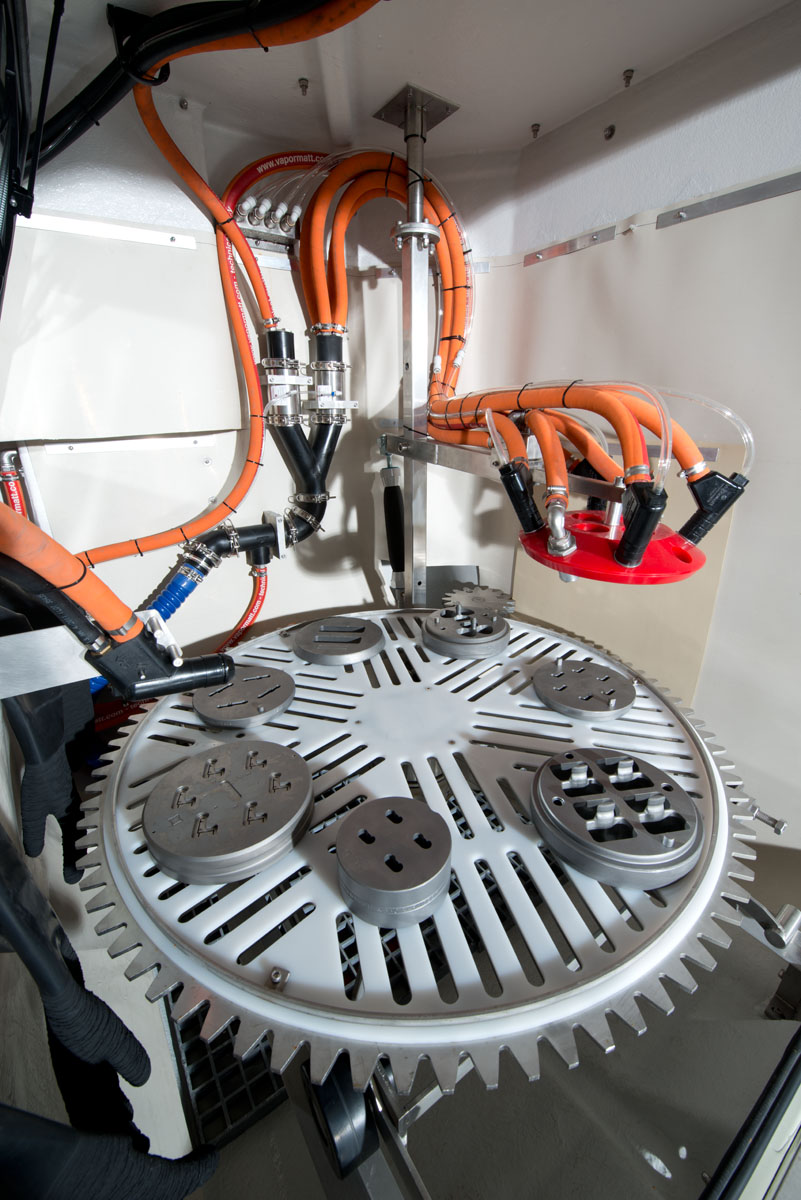
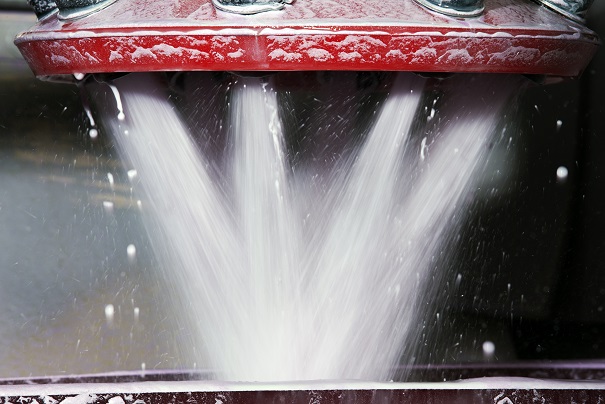
The health and safety benefits of wet blasting make it a preferable option in industries where abrasive blasting is necessary, significantly reducing the risk of health issues and improving the overall safety of the work environment.
Contact us if you would like more detailed information on health, safety, or environmental topics.